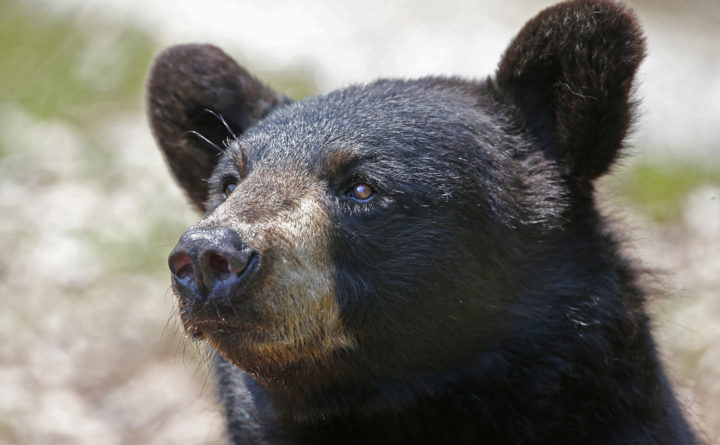
The first sign was the suet holders, set out to feed woodpeckers, that had been pulled from the trees. Then the bird feeders got crushed. From these clues, Eric and Lorna MacLaughlin deduced that they had some new visitors to their backyard in Ellsworth.
Bears.
Bears like Amos and Ozzy are the reason Ellsworth and nearby Blue Hill have recorded some of the largest numbers in Maine for damage by bears this spring. Of the 38 reports the state Department of Inland Fisheries and Wildlife had received by May 1, four were in Blue Hill and three were in Ellsworth. Blue Hill tied with Kennebunk for the highest number of reports in a single town, said Jen Vashon, a wildlife biologist with the Maine Department of Inland Fisheries and Wildlife. Like Ellsworth, Biddeford also recorded three nuisance bear encounters.
Amos and Ozzy are harmless enough, if left alone, Lorna MacLaughlin said. She has recorded video of both with her cellphone and always makes sure that she keeps a considerable distance between herself and the wild creatures whenever she sees them.
“I don’t feel threatened by him, but I would not go out and try to pet him, no. We both respect him,” MacLaughlin added. “You have to respect them and keep your distance. I have had so many people tell me that he will come through your door, he will come through your windows, but we use common sense, too. We don’t treat them like pets.”

Springtime bear sightings are common in Maine, as the bears end their winter hibernation and begin venturing for food. With the berries and other vegetation they eat not yet grown in, bears will pillage bird feeders and garbage cans, Vashon said.
Vashon gives the MacLaughlins points for staying clear of the bears, and removing bird feeders from their yard. She also recommended that the Ellsworth couple remove the ground feeder they use to feed squirrels.
Anything that conditions bears to seek food in human habitats will lead to bear attacks ― a rare occurrence — or bears becoming less likely to gather sustenance from natural sources. The last backyard bear attack in Maine that she heard of occurred in 2003 or 2004, when a teenager trying to get a picture got too close to a bear and her cubs, Vachon said.
“Bear conflicts will escalate as they get more brazen with each food reward,” Vachon said.
This time of year, bears feed on grasses and sedges near wetlands, including roots, tubes and bulbs of plants like skunk cabbage. Bears are opportunistic carnivores and will attack moose calves, deer fawns and small livestock, leading to complaints from backyard farmers.

Lorna MacLaughlin was not surprised to hear that Ellsworth and Blue Hill were among the areas where bears are most commonly reported. Her home on the 400 block of Main Street, and much of Blue Hill, is near large, dense forests. One neighbor used to feed bears regularly, she said.
“We have foxes here, we have everything here. To me, we have moved into their territory,” MacLaughlin said. “This is the animals’ habitats. We, as humans, have moved into their habitats so to me, they have just as much right to be here as we do.”
This article originally appeared on www.bangordailynews.com.







